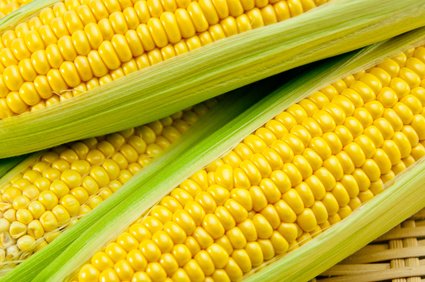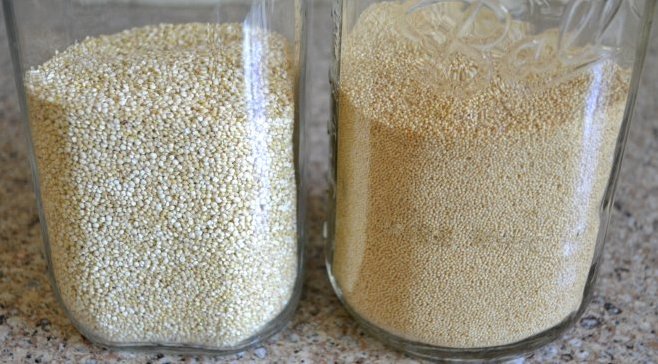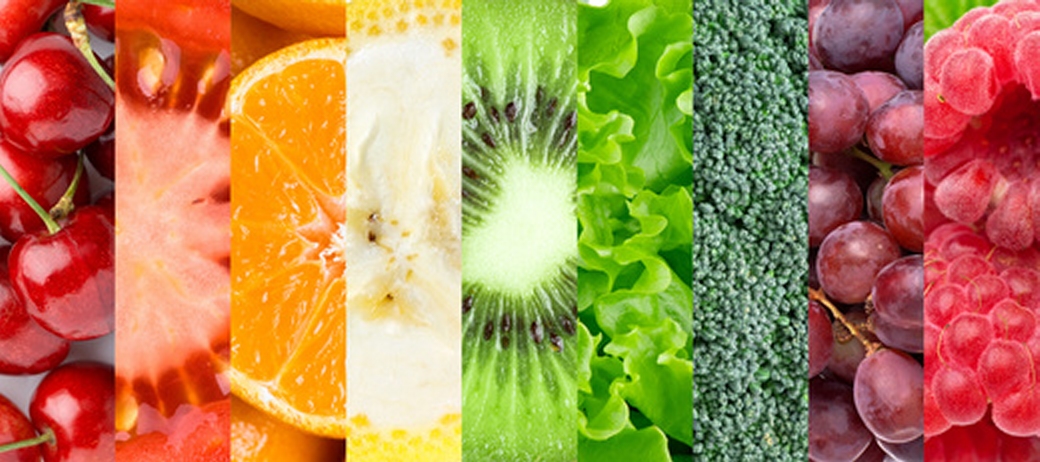Gluten is a popular and controversial topic for a number of reasons, with very strong voices on all sides of the conversation. Being a clinician, I always have the interest of the individual in mind given that the achievement of personal health is the ultimate goal. To this end, I am constantly looking for reliable information grounded in reliable biochemistry, physiology, research, and clinical experience to help people reach their health goals, especially since much of the most compelling information is not common knowledge. There are many simple facts that are well understood about gluten which are often perpetuated in the media, but there are some important pieces of the gluten puzzle not popularly known or well understood. For the past couple of years, I have been hearing from students and other people with gluten-related health challenges that their gluten free diet was not getting them the results they were expecting. On closer inspection and with some recent research, I learned some fascinating information that I will cover in this article. But for now, let’s start with:
The basics
Foods that contain gluten are found in one plant family, the grain family, also known as the grass family. The scientific name for this family is the Poaceae. Often people may think that grains and grasses are in separate plant families, when in fact they are in the same plant family.
Although gluten is found only in grains, not all members of the grain family contain gluten. Currently, wheat, rye, barley, triticale, spelt, and kamut are the grain family members considered to contain true gluten. These foods, or foods that contain these foods as ingredients, such as certain processed or prepared foods, contain true gluten. Processed foods can often hide gluten-containing ingredients in them, so it’s important to read labels. Despite these grains being identified as containing gluten, there has been some concern about the gluten-free status of other members of the grain family. A 2009 study showed that a percentage of compliant people with celiac disease (gluten intolerance) on a gluten free diet still did not get the results they were seeking in terms of symptom reversal and lab test results. One of the possibilities considered by the researchers was cross contamination of their diet with gluten containing grains. Another concern raised was the consumption of other members of the grain family that contain proteins which resemble gluten.
The controversy
There are several perceived gluten free grains that are currently under investigation and information on them is growing, but for our purposes, we will focus on oats and corn, two of the most popularly consumed gluten free grains. Oats are a popular breakfast food and corn is commonly found in many forms in processed and prepared foods.
Many sources consider oats to be gluten free, but there are some challenges with them. Oats can sometimes be processed in facilities that may also process gluten containing grains, so there may be some cross contamination between these other grains and oats. Another consideration is avenin, a protein found in oats that is biochemically similar to gluten. Some people who are sensitive to gluten may have a similar experience with oats for this reason. Recent research indicates there is a wide range of variation in potential effects that different cultivated varieties of oats can have on gluten intolerant individuals. This means that some varieties of oats may have notable effects while others may have less of an effect.
Corn is also a member of the grain family, and like oats, is considered to be gluten free by many sources. However, corn contains zein; a protein that is biochemically similar to gluten and is often referred to as “corn gluten.” A study published in 2013 indicated that some gluten intolerant individuals may have symptoms and lab test results consistent with the ingestion of gluten containing grains despite adherence to a gluten free diet. Corn consumption by these individuals was cited as being a possible reason for this outcome. The researchers also noted that even though a gluten intolerant individual may not experience overt symptoms from eating corn, there may still be small intestine effects that can be identified through laboratory testing.
At this time, more research is needed to fully understand the gluten status of oats, corn, and other members of the grain family. In the meantime, there are plenty of foods that do not contain gluten or gluten-like proteins. For example, foods commonly consumed on a raw plant based diet such as fruits, vegetables, sea vegetables, nuts, and seeds are not members of the grain family and therefore do not contain gluten. Although anything that can germinate (including grains) is botanically considered a “seed,” commonly understood seeds such as chia, sesame, pumpkin, sunflower, hemp, flax, and poppy seeds do not contain gluten.
Quinoa and amaranth are often mistaken for grains, but they are not members of the grain family. They are members of the amaranth plant family (Amaranthaceae), and do not contain gluten. Amaranth and quinoa are often referred to as pseudograins or pseudocereals, because of their resemblance to true grains.
The Bottom Line
The good news is that if one is eating a whole food plant based diet that does not contain members of the grain family (Poaceae), they are consuming a diet free of gluten. Gluten is an area of nutrition with ongoing investigation. Sometimes it takes a while for this research to reach the general population, so my goal here is to provide tools of exploration for people who are seeking their greatest health potential. In our Science of Raw Food Nutrition series of classes that we teach at Living Light, we cover gluten and other popular cutting edge raw food and nutrition related topics to assist you in achieving your health goals.
If you're interested in taking your knowledge to the next level.........
We cover this topic and so much more in our online Mastering Raw Food Nutrition and Educator Course. For more class details, click here.
Additionally, our book The Raw Food Nutrition Handbook: An Essential Guide to Understanding Raw Food Diets addresses many hot topics in raw food nutrition such as essential fats, protein, nutrient content of raw food diets, food combining, enzymes, hydration, vitamins, minerals, and many more. We value education on these important topics and are happy to finally bring this book to you. The book is available on Amazon and other online booksellers.
One of the best ways to keep in touch with us is to join our email list. You’ll receive a free copy of Our Top 12 Strategies for Long Term Success on A Raw Plant-Based Diet eBook along with regular information about raw food and plant-based diets and periodic promotions for our classes, events, and other offerings!
References:
Fric P, Gabrovska D, Nevoral J. Celiac disease, gluten-free diet, and oats. Nutr Rev. 2011 Feb;69(2):107-15.
Lanzini A, Lanzarotto F, Villanacci V, Mora A, Bertolazzi S, Turini D, Carella G, Malagoli A, Ferrante G, Cesana BM, Ricci C. Complete recovery of intestinal mucosa occurs very rarely in adult coeliac patients despite adherence to gluten-free diet. Aliment Pharmacol Ther. 2009 Jun 15;29(12):1299-308.
Maglio M, Mazzarella G, Barone MV, Gianfrani C, Pogna N, Gazza L, Stefanile R, Camarca A, Colicchio B, Nanayakkara M, Miele E, Iaquinto G, Giardullo N, Maurano F, Santoro P, Troncone R, Auricchio S. Immunogenicity of two oat varieties, in relation to their safety for celiac patients. Scand J Gastroenterol. 2011 Oct;46(10):1194-205.
Ortiz-Sánchez JP, Cabrera-Chávez F, de la Barca AM. Maize prolamins could induce a gluten-like cellular immune response in some celiac disease patients. Nutrients. 2013 Oct 21;5(10):4174-83.
Silano M, Pozo EP, Uberti F, Manferdelli S, Del Pinto T, Felli C, Budelli A, Vincentini O, Restani P. Diversity of oat varieties in eliciting the early inflammatory events in celiac disease. Eur J Nutr. 2014 Aug;53(5):1177-86.
Real A, Comino I, de Lorenzo L, Merchán F, Gil-Humanes J, Giménez MJ, López-Casado MÁ, Torres MI, Cebolla Á, Sousa C, Barro F, Pistón F. Molecular and immunological characterization of gluten proteins isolated from oat cultivars that differ in toxicity for celiac disease. PLoS One. 2012;7(12):e48365.





